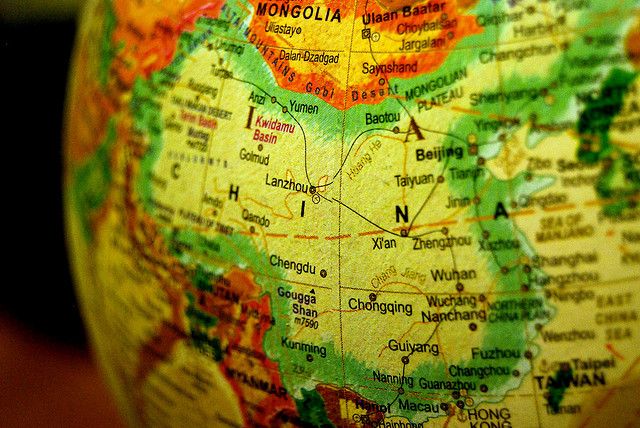Asian Universities’ Publication Rates Soar
 Twenty years ago, if you searched the annals of prestigious scientific journals like Nature and Science, almost all of the results would have been from institutions in America, Europe, or Australia. In 1995, only 38 countries were producing 1,000 or more scientific papers a year. Asia was barely on the radar for research and development (R&D).
Twenty years ago, if you searched the annals of prestigious scientific journals like Nature and Science, almost all of the results would have been from institutions in America, Europe, or Australia. In 1995, only 38 countries were producing 1,000 or more scientific papers a year. Asia was barely on the radar for research and development (R&D).
The list of highly publishing countries had increased to 48 by 2009. Today, China claims approximately 10% of the world’s scientific publications and invests more money in R&D than any other nation except the United States. The landscape for global science is seeing tectonic shifts, as Professor Simon Marginson made clear in his speech at the 10th Annual Higher Education Summit in Melbourne last week.
“When the largest nation in the world grows its research at rates that have never been seen anywhere before, this is a game changer,” Marginson said. Marginson also compiled a list of universities with over 5,000 internationally ranked papers, observing, “There were 64 U.S. universities on the list, six from Australia, and only 12 from the whole of . But as cite rates improve there will be many more Asian universities on that list in future.”
As of now, citation rates are the only major check on the Asian universities’ progress. While the quantity of articles from these countries has skyrocketed, the number of citations has followed at a more sluggish pace. Since scientific papers only have impact if they are read and incorporated by other scientists, this means the “rise of the Asian giants” is remarkable for its sheer volume of output rather than quality on a per-article basis. However, Marginson also touched on a notable exception: the National University of Singapore tops the Australian National University, often considered Australia’s best, in both number and impact of publications.
Creative Commons Love: DennisSylvesterHurd and SSteacher on Flickr.com
Written by Tiffany Tsai










